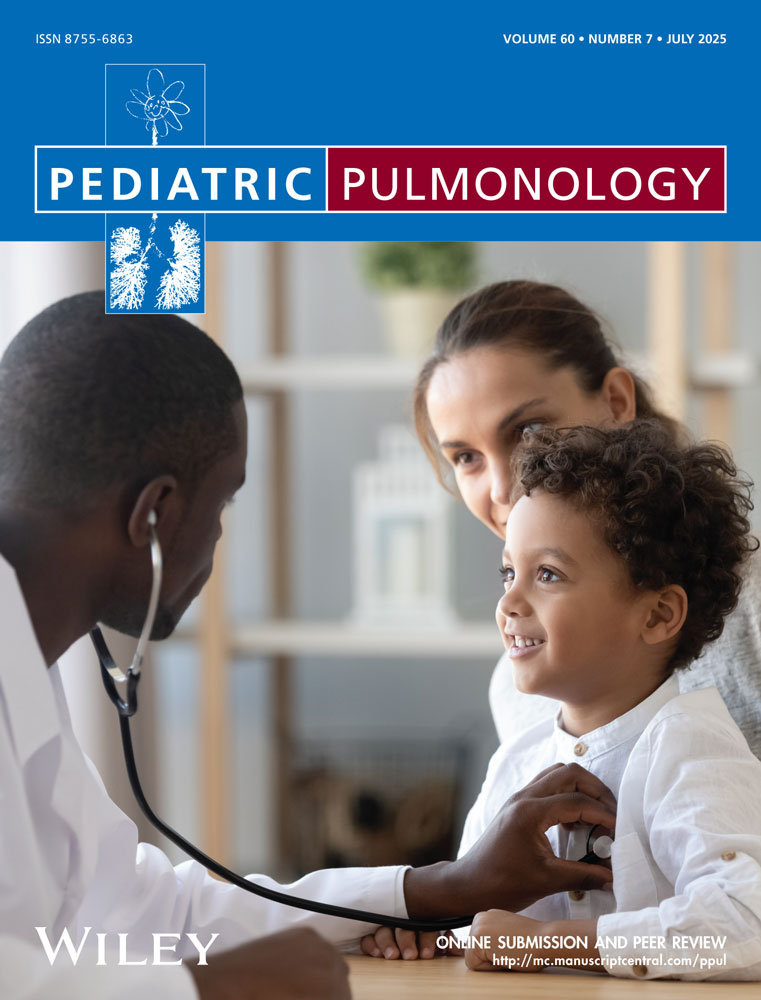Rapid improvement of static compliance after surfactant treatment in preterm infants with respiratory distress syndrome
Abstract
Respiratory mechanics were measured in 20 preterm infants before and in the 24-hr period after treatment with surfactant. All infants were enrolled in the rescue clinical trial with Curosurf® carried out in the Neonatal Intensive Care Unit. They received a dose of 200 mg/kg lipid surfactant intratracheally after birth. Static compliance of the respiratory system (Crs) was measured by the single breath occlusion technique during both spontaneous and mechanical ventilation. Resistance of the respiratory system (Rrs) and expiratory time constant (Trs) were also measured. As early as 3 hr after surfactant administration a significant improvement of 45% in Crs measured during mechanical ventilation (CrsV) was noted (0.40 ± 0.14 vs 0.58 ± 0.17 mL/cm H2O/kg, P < 0.001), together with a significant improvement of the arterial/alveolar O2 tension ratio (Pa/Ao2) (0.12 ± 0.03 vs 0.30 ± 0.16. P < 0.01). The improvement of CrsV and Pa/Ao2 was confirmed 24 hr later (0.55 ± 0.15 mL/cm H2O/kg and 0.33 ± 0.18, respectively). A significant correlation was found between Crs and Pa/Ao2 ratio (r = 0.56, P < 0.001). Time constant values were significantly higher after surfactant treatment (0.15 ± 0.07 vs 0.09 ± 0.03 sec; P < 0.01). Rrs remained unchanged. These data indicate that Curosuf® given intratracheally after birth determines a rapid improvement of respiratory mechanics as soon as 3 hr after dosing, together with the improvement of oxygenation. From the findings obtained with the present study we show evidence that respiratory system mechanics may be a useful physiological measure to guide ventilatory strategy following surfactant therapy. © 1993 Wiley-Liss, Inc.




